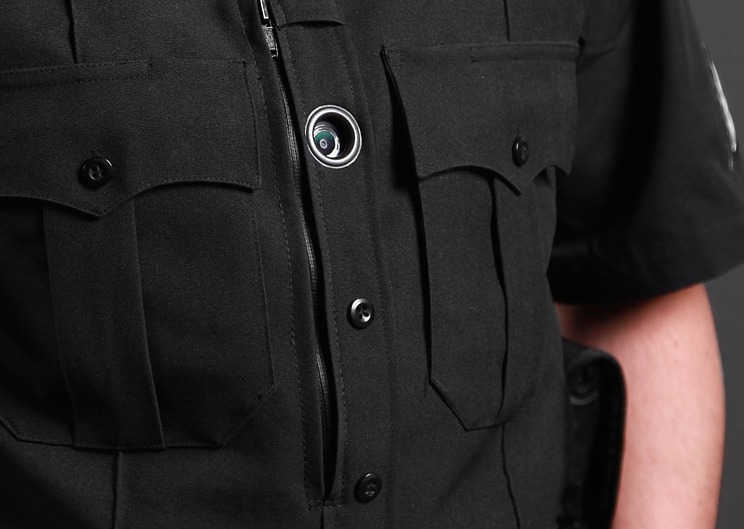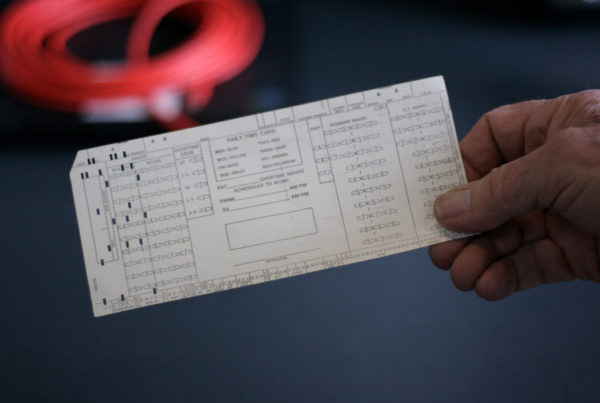Police shootings have been dominating headlines for months. Different perspectives of what happened in each case have led to court cases, protests, and internal investigations of police departments. Equipping police with body cameras is just one of many efforts designed to increase transparency in interactions with the public.
Houston officers have had body cameras since 2014, starting with a pilot program. But the program began in earnest seven months ago. Two years into the program, the results are a little less than clear; six months into the rollout, the department had yet to do a single audit.
Houston TV station KHOU worked on a four-month investigation into Houston’s body camera program. They found the police department is falling short of its promises.
Jeremy Rogalski, one of the reporters on the project, says they found at least one prominent case where the body cameras didn’t provide enough information about the police interaction.
“They didn’t roll in time,” he says. “This was a shooting of an African-American man in southeast Houston at an intersection where he’s in the middle of the street and he appears to flag an officer down – but he’s got a gun in his hand.”
Two officers got out of a patrol vehicle on July 9 and shot Alva Braziel dead. It was one of the first cases of a citizen dying while police officers were wearing body cameras.
“Turns out the passenger side officer rolled like 49 seconds late and the driver side officer rolled 1:19 late,” Rogalski says. “So in that case, we don’t know what happened. We don’t know the exchange between the citizen and the officers. And the first frame of video shows the man already with a gunshot wound to the chest dying on the street.”
Rogalski says according to Houston Police Department policy, the camera should have already been rolling the minute the police officers stepped onto the scene.
In Houston and many other cities with similar programs, each camera has a pre-record button, or a buffer feature, that retroactively captures a certain amount of time before the record button is pressed. In Houston’s case, Rogalski says, the pre-record was set at 30 seconds. But even with the extra 30 seconds of footage, the recording still missed the shooting.
“Since then Houston police has increased that to two minutes,” he says. “The camera is only as good as to when it rolls and because if it doesn’t, you can’t get it back.”
KHOU found more than 700 cases that didn’t get video footage, according to the district attorney’s office. When a prosecutor did get a video, it was too late, Rogalski says. Often times the case was already closed.
“Putting a camera on an officer’s chest is only the beginning,” he says. “You have to be able to store it. You have to be able to retrieve it. And this is evidence.”
But the Houston police say it’s a learning curve.
“They say we gotta work out the kinks – it’s gonna be a fluid process,” Rogalski says. “However, the flip side of that argument is, ‘Did you put the cart before the horse.’ If you slap cameras on the chests of officers but you don’t train them – if you can’t get video evidence to prosecutors – what good is it really doing?”
Post by Beth Cortez-Neavel.
















